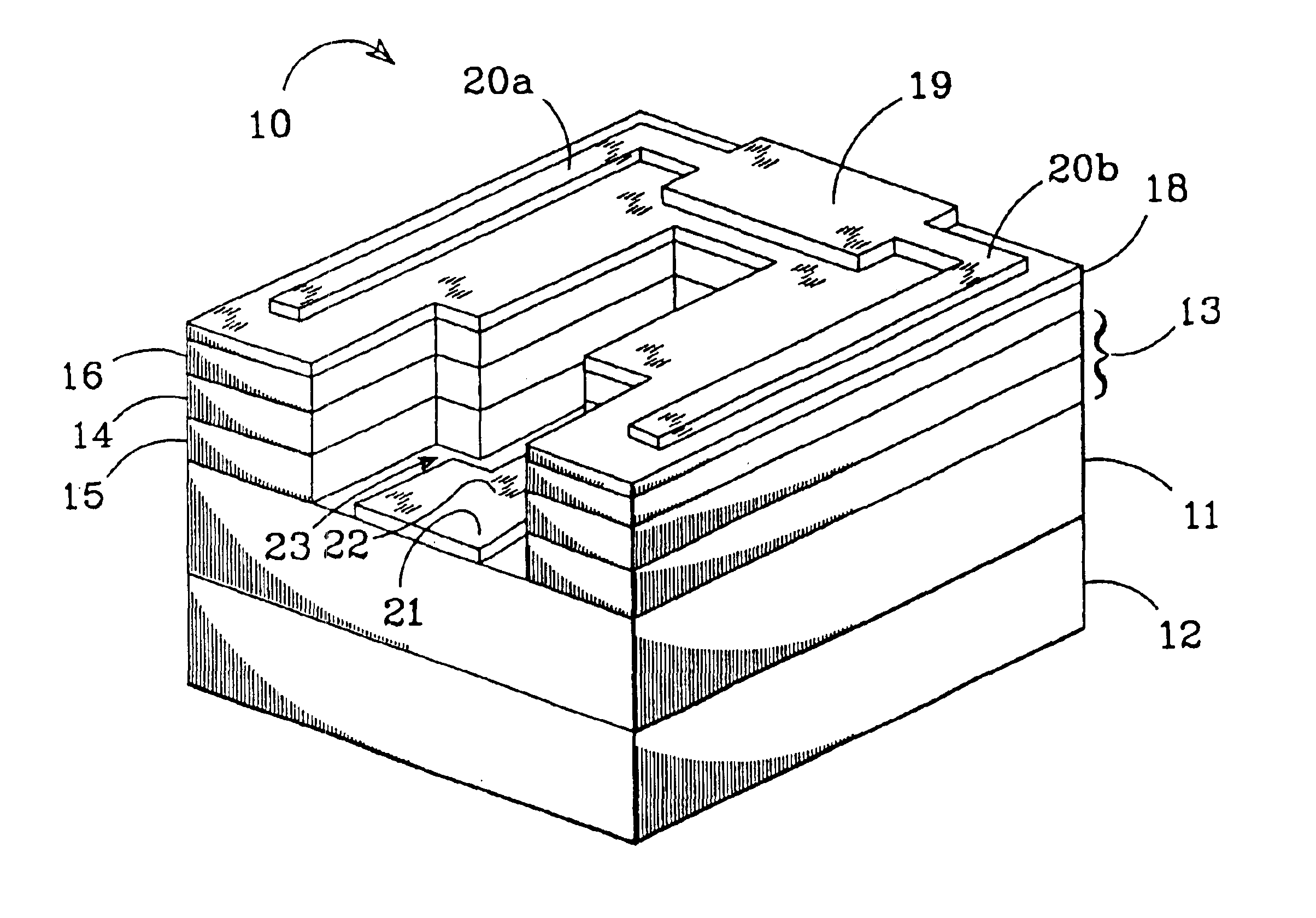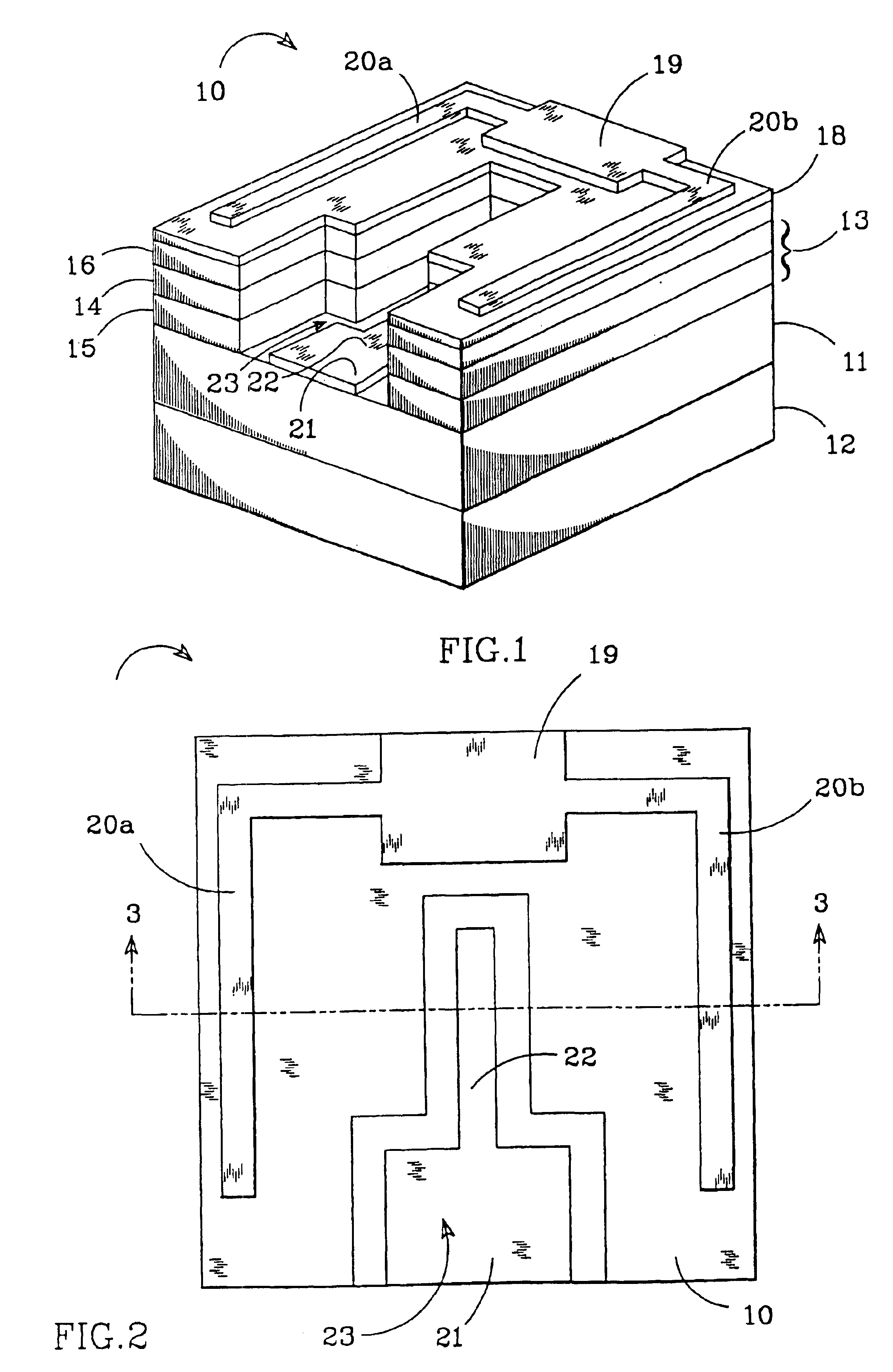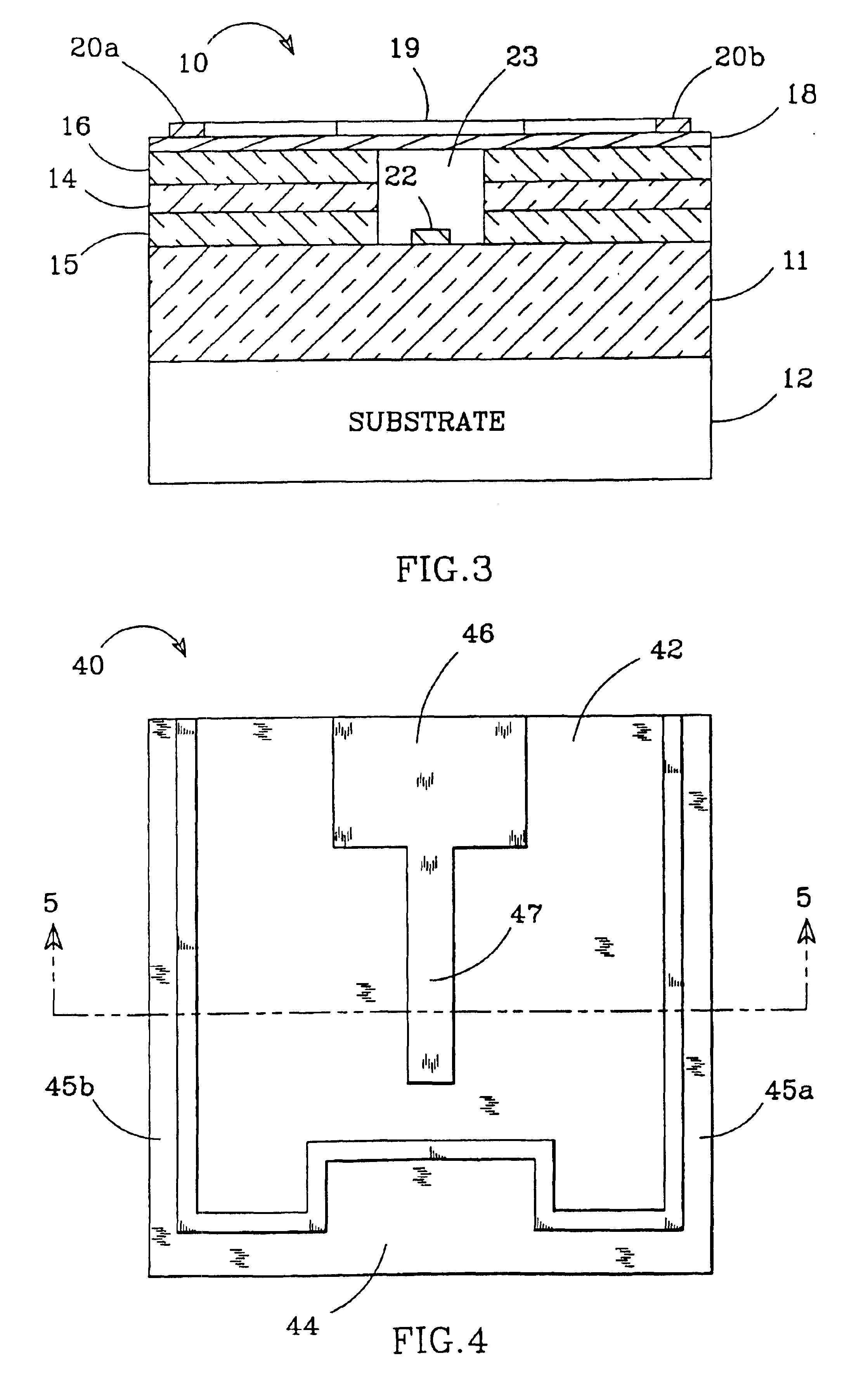Scalable LED with improved current spreading structures
a current spreading structure and led technology, applied in the field of light-emitting diodes, can solve the problems of insufficient light conversion efficiency of filament lights, limited size of conventional nitride-based leds, and limited use, so as to improve the light-emitting efficiency, improve the current spreading, and increase the power output and luminous flux.
- Summary
- Abstract
- Description
- Claims
- Application Information
AI Technical Summary
Benefits of technology
Problems solved by technology
Method used
Image
Examples
Embodiment Construction
[0036]FIGS. 1-12 show various embodiments of a new LEDs constructed in accordance with the present invention, each having improved current spreading structures. The new structures can be used in LEDs formed from any semiconductor material system, but are particularly applicable to Group-III nitride based LEDs fabricated on substrates such as silicon carbide (SiC) or sapphire. SiC has a much closer crystal lattice match to Group III nitrides such as GaN and results in Group III nitride films of high quality. Silicon carbide also has a very high thermal conductivity so that the total output power of Group III nitride devices on silicon carbide is not limited by the thermal dissipation of the substrate (as is the case with some devices formed on sapphire). SiC substrates are available from Cree Research, Inc., of Durham, N.C. and methods for producing them are set forth in the scientific literature as well as in a U.S. Pat. Nos. Re. 34,861; U.S. Pat. No. 4,946,547; and U.S. Pat. No. 5,...
PUM
 Login to View More
Login to View More Abstract
Description
Claims
Application Information
 Login to View More
Login to View More - R&D
- Intellectual Property
- Life Sciences
- Materials
- Tech Scout
- Unparalleled Data Quality
- Higher Quality Content
- 60% Fewer Hallucinations
Browse by: Latest US Patents, China's latest patents, Technical Efficacy Thesaurus, Application Domain, Technology Topic, Popular Technical Reports.
© 2025 PatSnap. All rights reserved.Legal|Privacy policy|Modern Slavery Act Transparency Statement|Sitemap|About US| Contact US: help@patsnap.com



